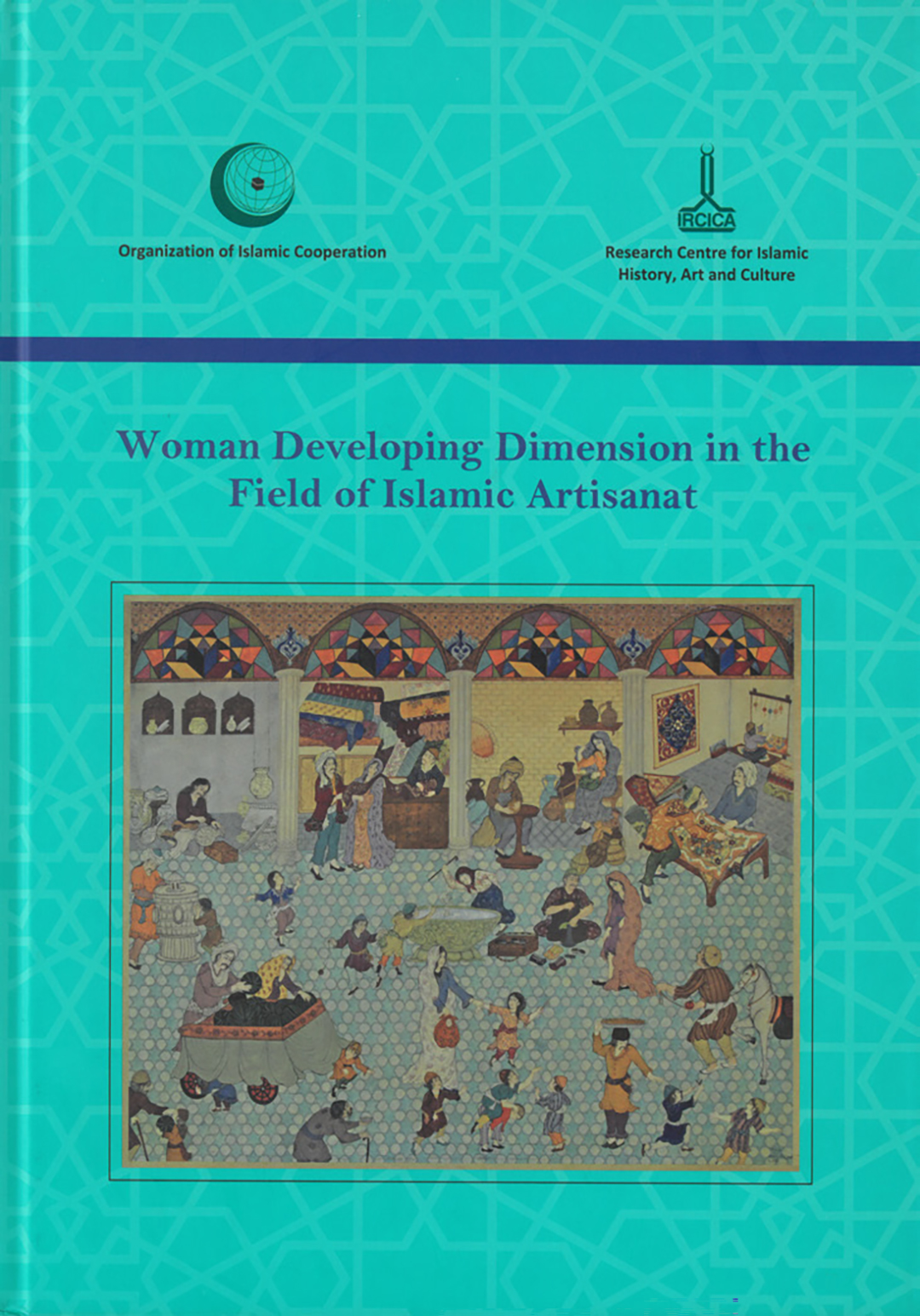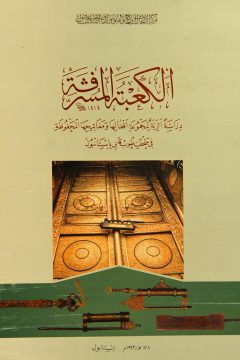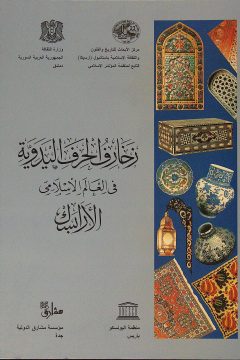This book sheds light on the role of women artisans in the economies of many countries of the Muslim world. Women have a considerable share in the field of handicrafts, particularly with their creativity and dedication. This is the first study that highlights the significance of their contribution based on examples, data and practical observations. The book includes photos of the works of the women artisans along with technical information about the works regarding the tools, techniques, materials, design, shape, measurements, weight, size, colors and other aspects. The survey covers handcrafts from 35 countries, namely Afghanistan, Algeria, Azerbaijan, Bosnia and Herzegovina, Bangladesh, Cameroun, Cote D’Ivoire, Dagestan (Russia), Egypt, Indonesia, Iran, Jordan, Kazakhstan, Kuwait, Kyrgyzstan, Lebanon, Mali, Mauritania, Morocco, Oman, Pakistan, Palestine, Saudi Arabia, Senegal, South Africa, Sudan, Tatarstan (Russia), Tajikistan, Tunisia, Turkey, Turkmenistan, Uganda, Ukraine, Uzbekistan, and Yemen. It records career development experiences of women artisans who were innovative in their fields, who won prizes in national and international competitions, took part in exhibitions and international festivals, and were able to promote their products via the internet and social media.
The importance of women’s contributions to handicrafts in the countries surveyed is indicated by data such as the 80% share of women in the traditional industries, particularly in certain branches of handicrafts such as miniature, gilding, calligraphy, paper making, ebru (painting on water surface ), decoration, weaving, traditional costumes, embroidery, jewelry, carpets, pottery and ceramics, painting on wood. Additionally, the percentage of female entrepreneurs in the field of handicrafts is relatively high compared to other sectors. The book also reflects the fact that in recent years, many women’s associations have been active in the development and promotion of women’s qualifications in various professions. Many associations are concerned with training women at home by teaching them the methods and techniques of production for various kinds of handicrafts. These associations are providing them with facilities of access to markets and training opportunities, thus helping them to acquire income-generating occupations.









